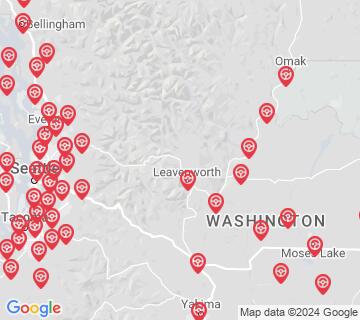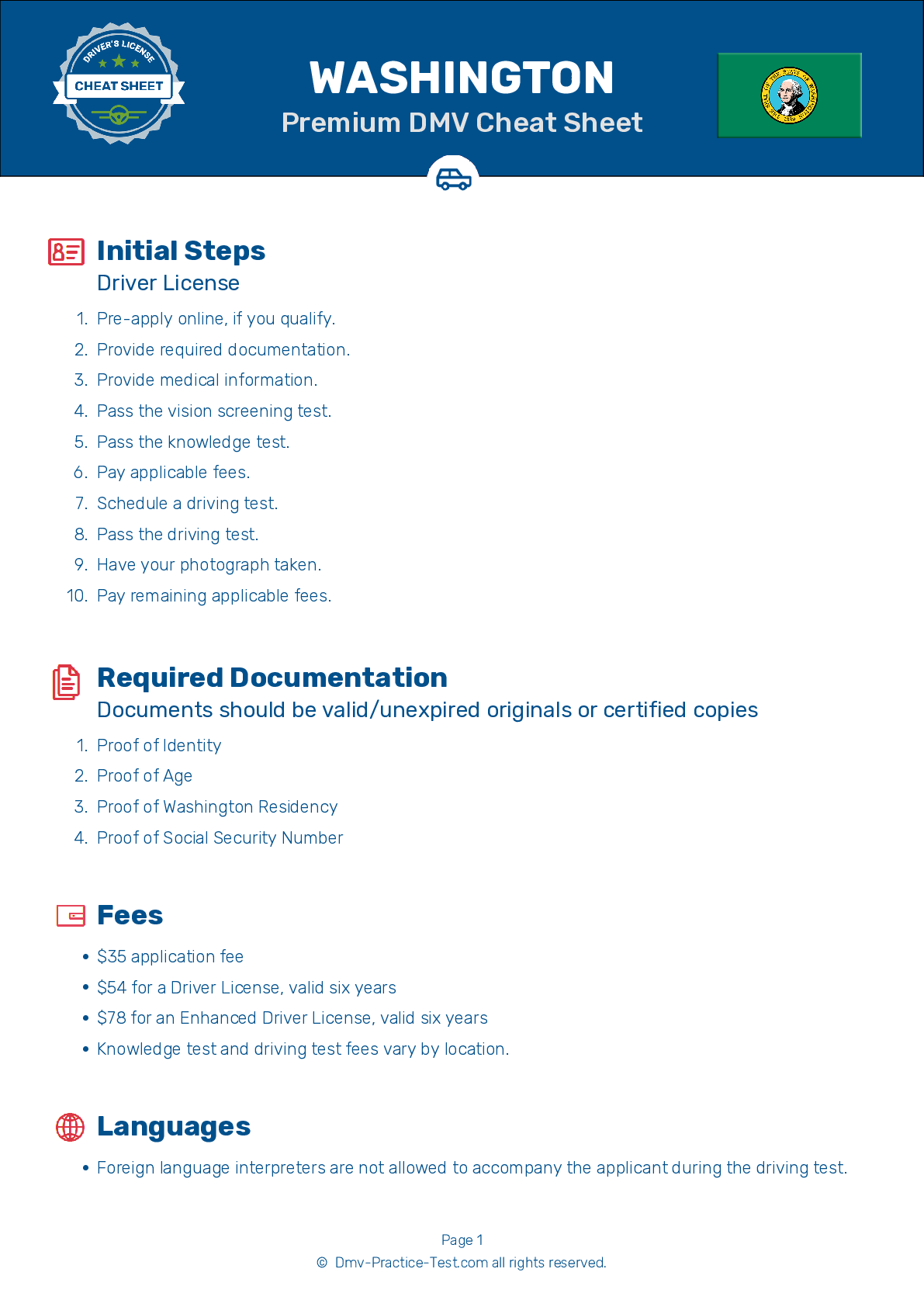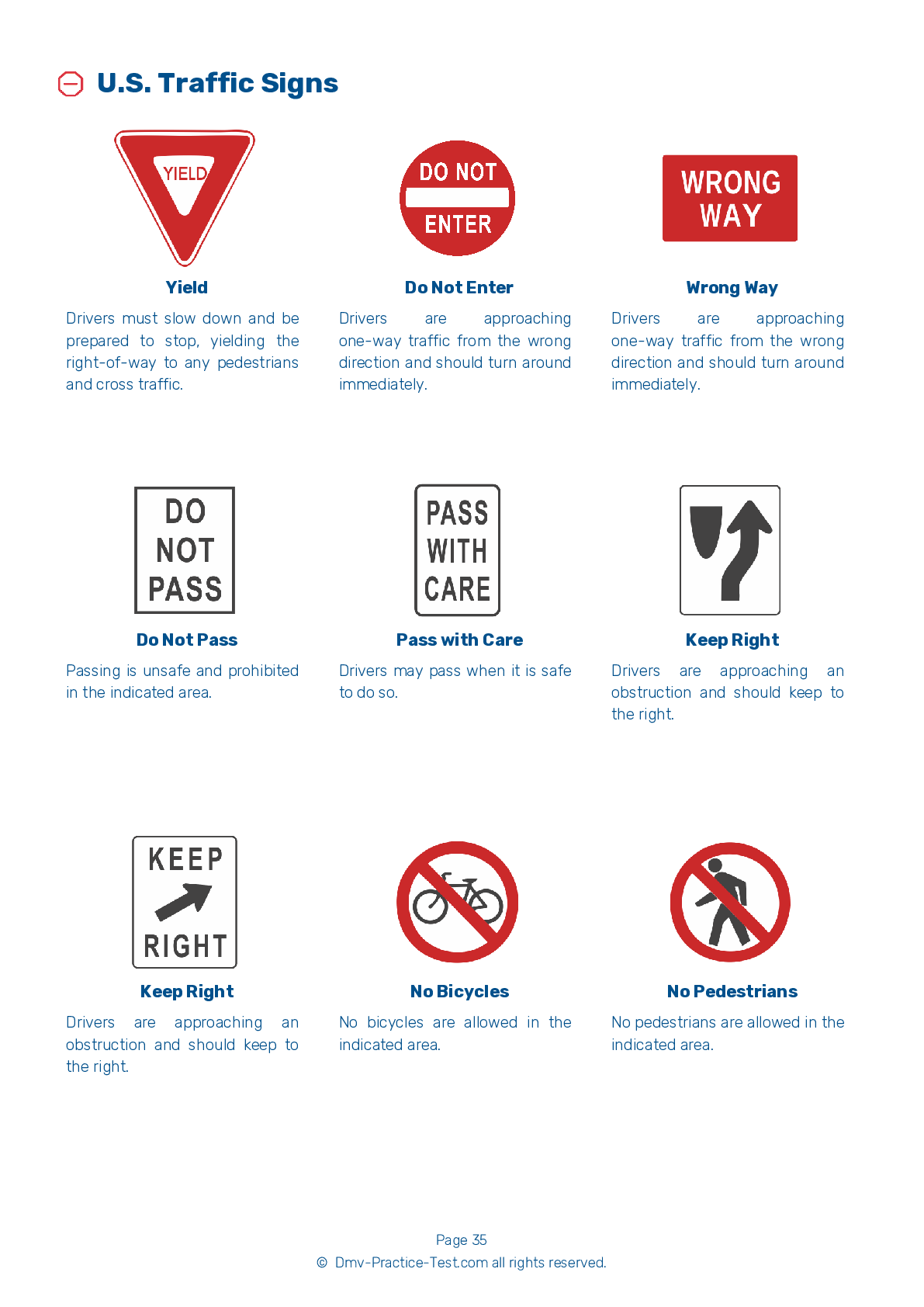FREE Washington DMV Practice Test #22 Page 3 of 4
The Washington DMV practise examinations have been updated for January 2025. It includes questions based on the Washington Driver Handbook's most significant traffic signals and legislation for 2025. Use actual questions that are very similar (often identical!) to the DMV driving permit test and driver's licence exam to study for the DMV driving permit test and driver's licence exam.
On the practise exam, each question gets a tip and explanation to help you remember the concepts. The written component of the official Washington DMV test will feature questions about traffic rules, traffic signs, and driving statutes, as well as knowledge from the Driver Handbook.
To obtain a passing grade, you must correctly answer 20 of the 25 questions. Use the practise exam provided by the Washington Department of Motor Vehicles to help you prepare for your instruction permit or driver's licence.
The DMV exam is available in several languages.
Using any kind of testing assistance will result in an automatic fail, and the DMV may take additional action against your driver's licence, so stay away from it.
13 . If someone is driving aggressively behind you, you should:
If you encounter an aggressive driver, you should make every attempt to get out of their way. You should avoid making eye contact with a hostile driver. Challenging a hostile driver by speeding up may only make them angrier, thereby increasing their danger.
14 . A red flashing traffic light has the same meaning as a:
A red flashing traffic signal has the same meaning as a stop sign. When approaching a red flashing signal, come to a complete stop and proceed when it is safe to do so. A stop sign may sometimes also be posted where this signal is located.
15 . Before you change directions, you must keep your turn signals on for at least:
Before changing directions, you should signal for at least 100 feet.
16 . If you need to stop quickly and your vehicle is not equipped with an Anti-Lock Braking System (ABS), you should:
Pumping the brakes is generally the best way to stop a car in an emergency. The car will stop quickly and you will also be able to continue steering.
17 . If you are driving on the interstate and pass your exit, you should:
Don’t make a last-minute turn into an exit. If you pass your exit, you must go to the next one.
18 . You are driving on a divided multilane highway and see or hear the signal of an approaching emergency vehicle. You should:
If you hear the siren or see the flashing lights of an emergency vehicle, you must slow down, provide a clear path for the vehicle, and stop. Don't try to outdrive the emergency vehicle.
Search the best driving school in your neighbourhood
2025 Washington | Frequently Asked Questions
1. Complete a driver education course if you're under 15 ½.
2. Visit a driver licensing office.
3. Provide proof of identity, Social Security number, and residence.
4. Pass the knowledge test.
5. Pay the required fee.
6. If you're under 18, a parent or guardian must sign the application.
Remember, with a permit, you must always have an adult 21 years or older in the car with you.
1. Not checking mirrors and blind spots.
2. Incorrect signaling or forgetting to signal.
3. Lack of steering control.
4. Improper lane positioning and changing.
5. Not following traffic signs or signals.
6. Inadequate observation at intersections.
7. Speeding or driving too slowly.
8. Failing to yield the right of way where necessary.
Remember, practice is key to overcoming these errors.




